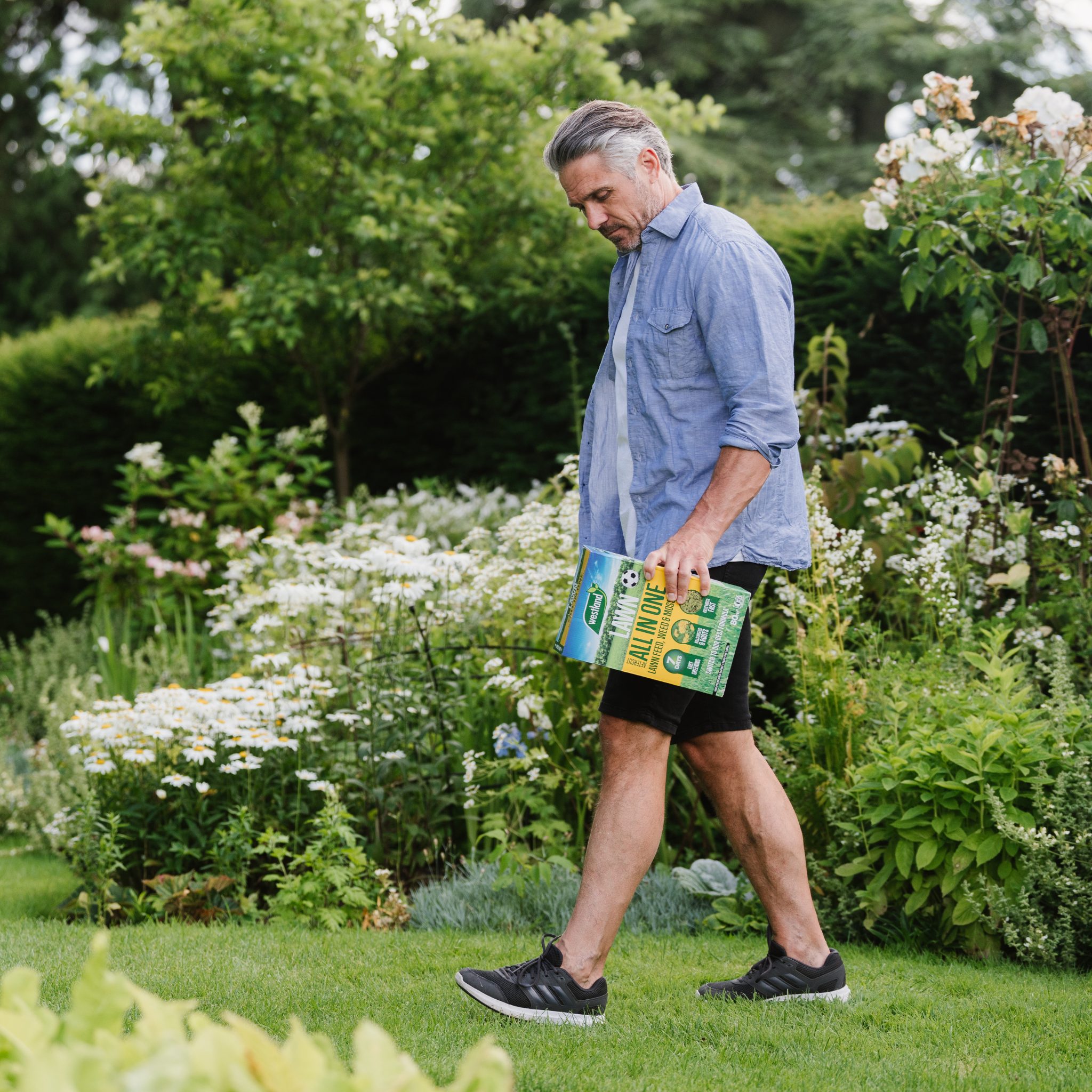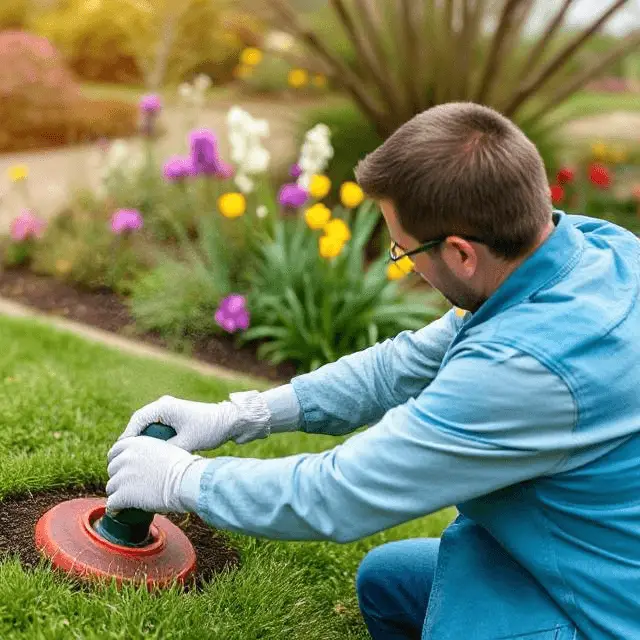How To Hang A Swing From A Tall Tree
Last Updated on July 1, 2020 by Duncan
In the age of Netflix and video games, it might sound absurd to ask kids to go outside and swing. In addition to being simple and affordable, the swing comes with plenty of physical and psychological benefits.
As much we want our kids to have fun, we want them to be out of danger. It’s recommended you hang the swing from a tree you can easily reach, but if you only have tall trees, you should learn how to hang a swing from a tall tree.
In this article, we are going to give you tips on how to go about it and what to consider when hanging the swing:
Choose the right tree.
Not every tree is safe to hang the swing, so you should be cautious of the one you choose. To settle at the right tree, you need to consider plenty of factors such as:
Tree species: Did you know a tree might be tall and looking strong, but it might not be healthy to hang the swing?
Oak and sycamore species are strong, so if you have them in your backyard, you can go ahead and hang your swing, but if you have poplar, willow or spruce, don’t hang the swing there as they aren’t strong enough.
Location: Where is the tree located? An ideal swing tree should be away from structures, street, furniture, and other trees. To avoid collisions, ensure there is a clearance of at least 12 feet in the front and 10 feet in the back of the swing.
The area should be free of rocks, roots, and bumps. You don’t want your kids or even yourself to stub on your toe, do you?
Age of the tree: Sometimes, the tree will look strong and healthy, but if it’s old, you will be putting your life in danger, hanging your swing from it.
You should determine whether the tree is safe by how long the tree takes to reach maturity.
The ideal age to hang a swing is after the start of the full maturation range of the tree. Avoid older trees as they tend to be dry, dying, and with little flexibility. Also, avoid trees that are too young as they aren’t strong enough to carry the weight.
Health: You also need to consider how healthy the tree is. A healthy tree should have no signs of rot or fungus.
It also should not have hollows, cracks, or wood-boring insects.
If the tree you have your eyes on is green, unspotted, balanced, with even distribution of limbs and few dead or broken branches, it’s perfect, and you should hang your swing there.
Use the right rope
You might be having the best tree to hang your swing from, but you won’t be safe if you use the wrong rope.
The type of rope you choose depends on the type of swing you are putting up. Three of the common swing types are: double, single rope, tire swing, or chair swing.
The common types of ropes you can choose from include:
Polyester ropes: They are loved by many as they are tough, durable, and affordable. They also don’t stretch, so don’t worry about hurting yourself.
Although, they come in different widths to choose from, ensure your rope is not less than ½ inch. Anything more than this will be uncomfortable to hold, and one less than this won’t hold your weight.
Nylon ropes: They are often thin and often stretch after a while, especially when they are rained on. Due to this, they aren’t good for your swing, so avoid them at all costs.
Hemp ropes: They are made from natural fibers, which might be ideal for you if you are keen on conserving the environment.
Unfortunately, they don’t last for long, so if you are looking for a rope to last for years, this isn’t the one for you.
Metal chains: Looking for a material that will withstand the test of time? You should try out metal chains.
While they are durable, they are uncomfortable to hold, especially for longer periods. Your little ones will also struggle to grasp the thicker chain.
Hanging the swing on the tree
After identifying the right tree to hang the swing, your next move should be to find the ideal branch for it. The branch should be strong enough to bear the weight.
You can hang the rope using a ladder (if the tree isn’t too tall), climbing the tree, or throwing the rope while attached to a heavy object.
Regardless of the method you use, avoid tying the swing rope tightly around the tree limb as it will prevent the limbs from growing.
Luckily, there are ways to go around this. You can use a rubber casting to protect the branch then loop the rope around the casting. This will prevent the swing rope from digging into the tree branch hence keeping your swing safe for years.
You can also use eye bolts through the limb. You might have the impression this will destroy the tree or even make it weak, but this isn’t the case. It makes it more secure as the tree heals around the bolts making the swing stronger.
All you need to do is to buy an eyebolt kit from your local store or online then attach it. You can do the work if you have the skills or hire an expert to help you out.
If you don’t want to invest in eyebolts, you can attach your swing to the tree using straps looped around the limb.
When hanging the rope, ensure it’s wide enough, so it doesn’t cut into the bark as the tree grows. You should note that to use this strap, you have to purchase commercial swing straps from your store.
How tall should the swing be?
How high you hang the swing depends on who will use the swing. You should note that a new swing tends to sit higher as it hasn’t stretched and tightened up.
A good starting point is 24” before you load the swing then adjust from there. Hang the swing in such a way the swing is easy to climb on and step off.
Swinging safety tips
While swings are fun, they come with their fair share of risks: You can fall from them and get hurt or even get killed. Luckily, there are plenty of things you can do to make the swing safer. Some of the things you can do include:
Teach your kids about proper swing behavior: If you are putting up the swing for your kids, you want to keep them as safe as possible. If they are old enough, educate them on proper swing use.
Advise them against walking in front or the back of the swing while in use. Also, discourage them from playing with loose structural parts such as ropes and debris on the ground.
Let them know about the dangers of leaping, kneeling, or standing on the swings. Insist that they should only use the swing after they have properly sat down and tightly held onto the chains.
If you feel the kids are unsafe even after giving them all the information, only ensure they use the swing when you are around. This way, you can keep a close eye on them.
Inspect the swings regularly: Properly putting up the swings isn’t enough. You also need to periodically inspect the swing for any issues it might be having. At least once a week, check the swing for signs of breaks, rust, and cracks.
If you notice any problem with the swing, fix it immediately.
Keep a safe distance: Are you putting up two or more swings from the same tree? Ensure they are a safe distance from each other. For best results, ensure they are at least two feet from each other to avoid a collision.
Provide protective surfacing: Even with all the safety measures in place, it’s common for accidents to come about.
The most common ones are falls from the swing. To cushion the fall, if you have the budget, provide protective surfacing. This can be natural mulch, rubber mats, or any other of your preferred materials.
Conclusion
It’s possible to hang a swing from a tall tree, but you need to be cautious about how you go about it. Ensure you use the right tree, right branch, and right rope.
You can hang the swing rope by yourself or hire a professional to help you out.
After hanging the swing, work towards ensuring your swing is as safe as possible. In addition to educating your kids on proper swing use, also install the right protective features to keep them out of trouble.
By doing this, you will not only have a safe place for your kids, but one you can also use when you aren’t too engaged with parenthood.


